Audrea Lim - The World We Need: Stories and Lessons from Americas Unsung Environmental Movement
Here you can read online Audrea Lim - The World We Need: Stories and Lessons from Americas Unsung Environmental Movement full text of the book (entire story) in english for free. Download pdf and epub, get meaning, cover and reviews about this ebook. year: 2021, publisher: The New Press, genre: Politics. Description of the work, (preface) as well as reviews are available. Best literature library LitArk.com created for fans of good reading and offers a wide selection of genres:
Romance novel
Science fiction
Adventure
Detective
Science
History
Home and family
Prose
Art
Politics
Computer
Non-fiction
Religion
Business
Children
Humor
Choose a favorite category and find really read worthwhile books. Enjoy immersion in the world of imagination, feel the emotions of the characters or learn something new for yourself, make an fascinating discovery.
- Book:The World We Need: Stories and Lessons from Americas Unsung Environmental Movement
- Author:
- Publisher:The New Press
- Genre:
- Year:2021
- Rating:5 / 5
- Favourites:Add to favourites
- Your mark:
The World We Need: Stories and Lessons from Americas Unsung Environmental Movement: summary, description and annotation
We offer to read an annotation, description, summary or preface (depends on what the author of the book "The World We Need: Stories and Lessons from Americas Unsung Environmental Movement" wrote himself). If you haven't found the necessary information about the book — write in the comments, we will try to find it.
The inspiring people and grassroots organizations that are on the front lines of the battle to save the planet
As the worlds scientists have come together and declared a climate emergency, the fight to protect our planets ecological resources and the people that depend on them is more urgent than ever. But the real battles for our future are taking place far from the headlines and international conferences, in mostly forgotten American communities where the brutal realities of industrial pollution and environmental degradation have long been playing out.
The World We Need provides a vivid introduction to Americas largely unsung grassroots environmental groupsoften led by activists of color and the poorvaliantly fighting back in Americas so-called sacrifice zones against industries poisoning our skies and waterways and heating our planet. Through original reporting, profiles, artwork, and interviews, we learn how these activist groups, almost always working on shoestring budgets, are devising creative new tactics; building sustainable projects to transform local economies; and organizing people long overlooked by the environmental movementchanging its face along the way.
Capturing the riveting stories and hard-won strategies from a broad cross section of pivotal environmental actionsfrom Standing Rock to Puerto RicoThe World We Need offers a powerful new model for the larger environmental movement, and inspiration for concerned citizens everywhere.
Audrea Lim: author's other books
Who wrote The World We Need: Stories and Lessons from Americas Unsung Environmental Movement? Find out the surname, the name of the author of the book and a list of all author's works by series.

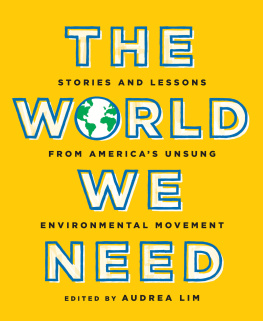

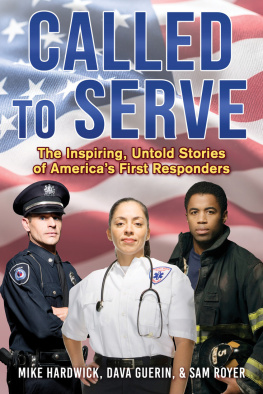
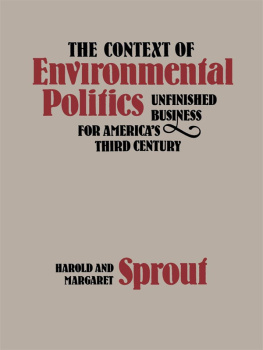
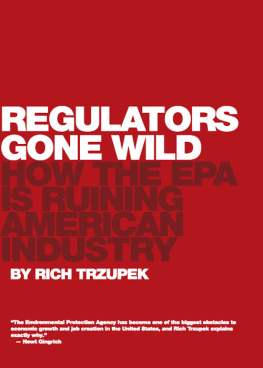
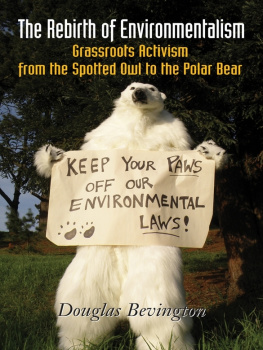
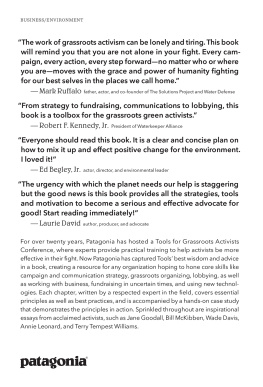
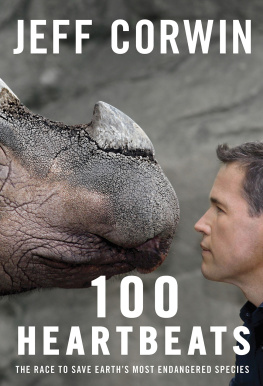



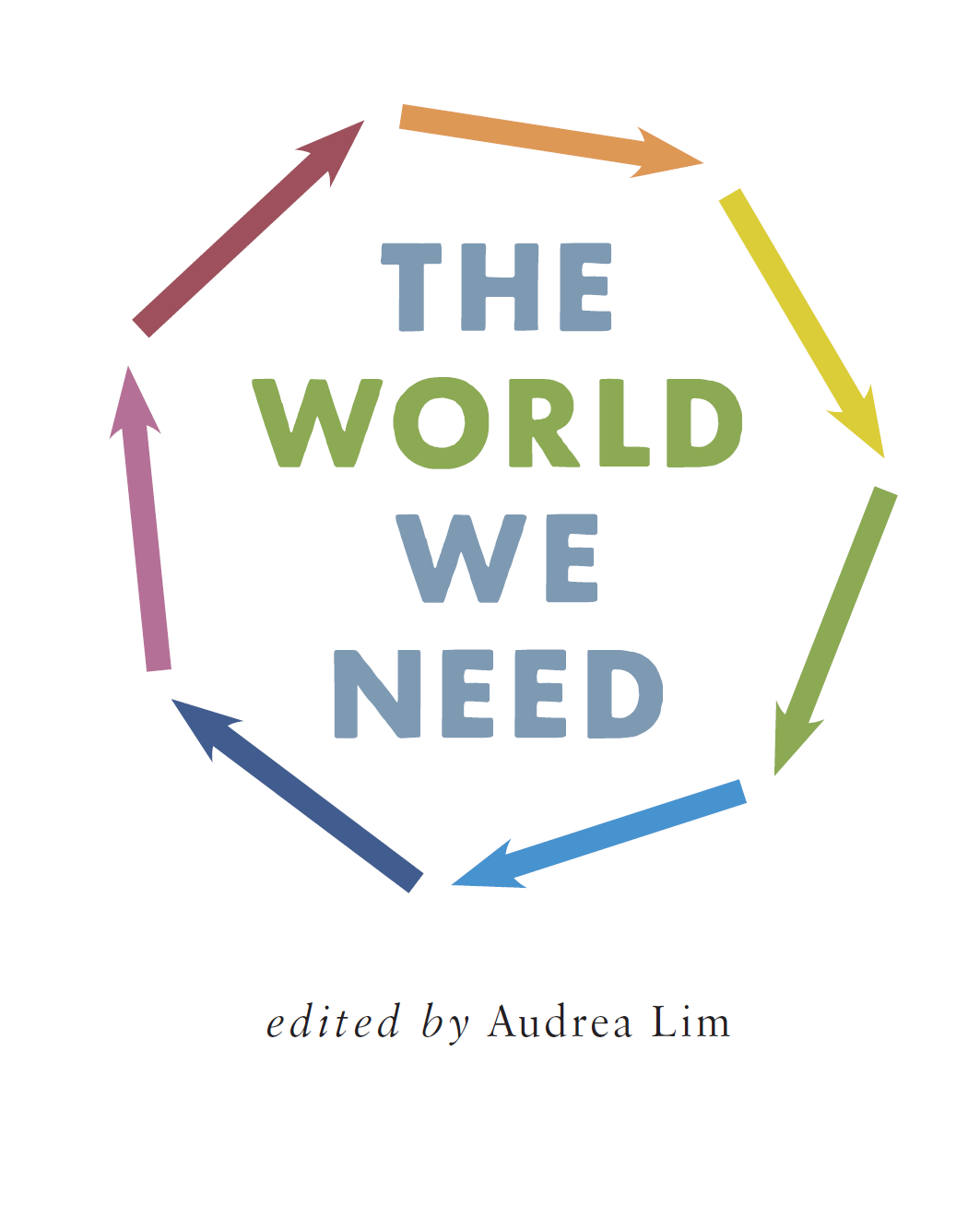

 INTRODUCTION
INTRODUCTION